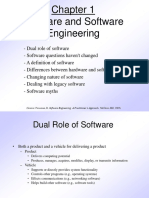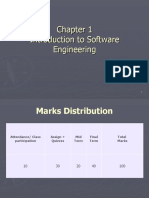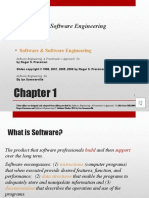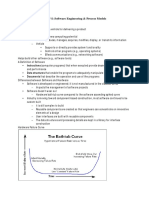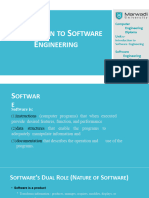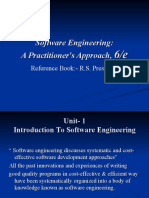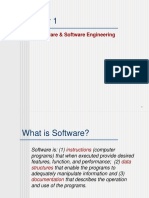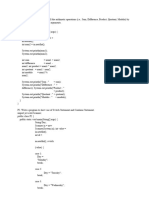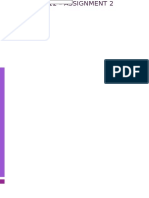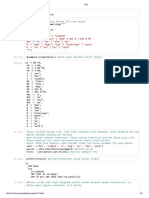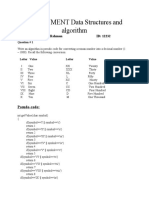0% found this document useful (0 votes)
5 views20 pagesSepm Module 1 Chapter 1
The document outlines the course objectives and outcomes for a Software Engineering and Project Management course (BCS501), detailing the skills students will acquire, such as differentiating process models and analyzing software testing methods. It also includes a mapping of course outcomes to program outcomes and specific units of study, emphasizing the importance of software quality and project management. The course is led by Dr. Ma. Dorairangaswamy and is structured to provide a comprehensive understanding of software engineering principles and practices.
Uploaded by
praveshk1020Copyright
© © All Rights Reserved
We take content rights seriously. If you suspect this is your content, claim it here.
Available Formats
Download as PPT, PDF, TXT or read online on Scribd
0% found this document useful (0 votes)
5 views20 pagesSepm Module 1 Chapter 1
The document outlines the course objectives and outcomes for a Software Engineering and Project Management course (BCS501), detailing the skills students will acquire, such as differentiating process models and analyzing software testing methods. It also includes a mapping of course outcomes to program outcomes and specific units of study, emphasizing the importance of software quality and project management. The course is led by Dr. Ma. Dorairangaswamy and is structured to provide a comprehensive understanding of software engineering principles and practices.
Uploaded by
praveshk1020Copyright
© © All Rights Reserved
We take content rights seriously. If you suspect this is your content, claim it here.
Available Formats
Download as PPT, PDF, TXT or read online on Scribd
/ 20
